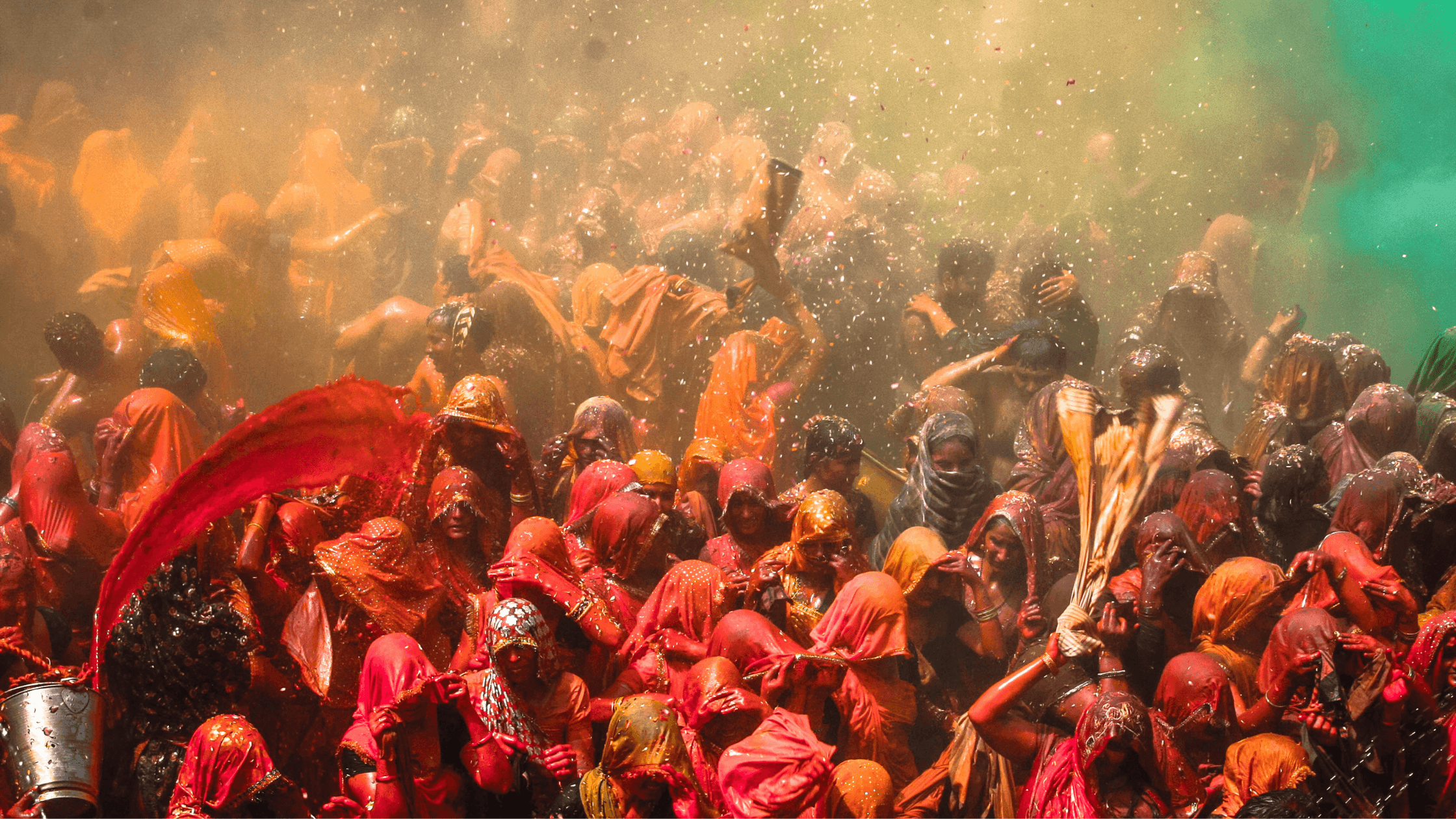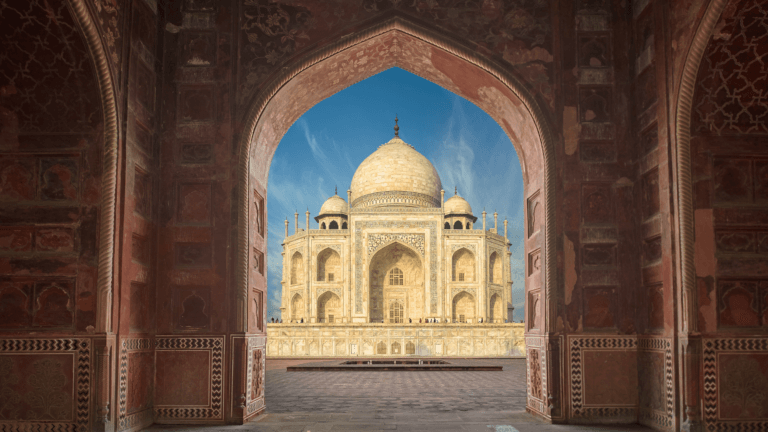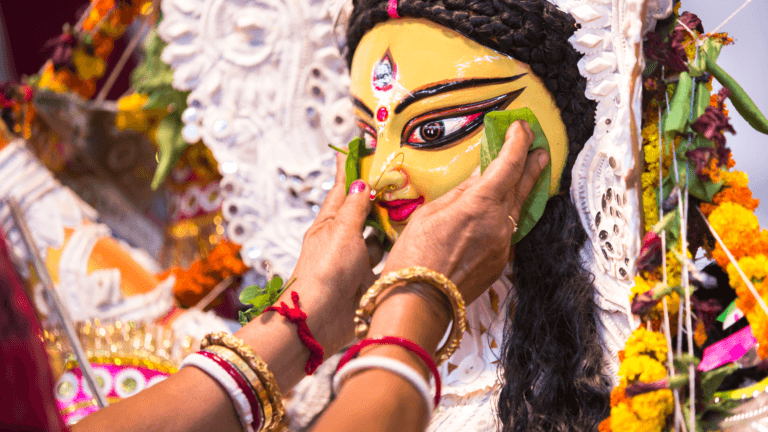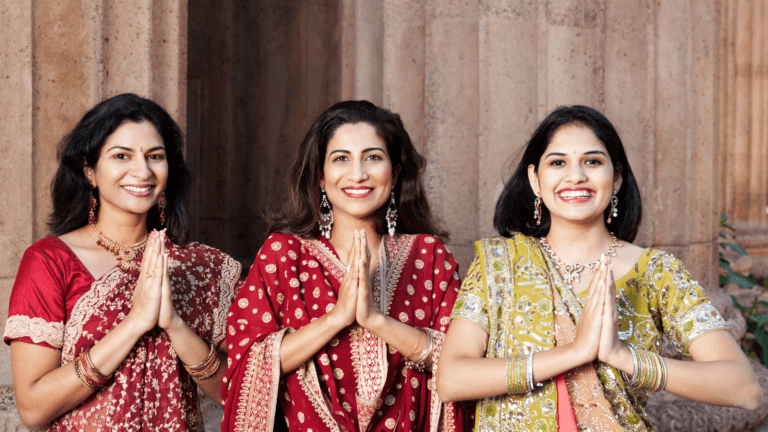The Real India Beyond Stereotypes
India is a land of rich culture, diverse landscapes, and vibrant traditions. However, for many tourists, misconceptions and stereotypes shape their initial impressions of this incredible country. In this blog, we aim to debunk 7 common myths about traveling in India to provide a clearer picture of what visitors can truly expect. From understanding the unique head movements in India to learning about the safety and food standards, let’s explore India beyond the stereotypes.
1. Myth: India Is an Unsafe Destination for Tourists
Fact: While it’s essential to practice caution as you would in any other country, India is generally safe for tourists. Many cities have well-patrolled tourist areas, and people are friendly and helpful toward visitors. Embracing local customs and staying aware of your surroundings can lead to a safe and enriching experience.
2. Myth: Indian Food Will Always Cause “Delhi Belly”
Fact: Indian cuisine is indeed spicy and flavorful, but it’s not synonymous with stomach issues. Stick to reputable restaurants, avoid street food if you’re unaccustomed to it, and drink bottled water to prevent discomfort. Many visitors enjoy the food without any issues and even fall in love with Indian flavors!
3. Myth: All Indians Use Head Movements to Communicate
Fact: One of the most amusing aspects for visitors is the Indian head nod—a subtle language that often means “yes,” “okay,” or “I understand.” However, head movements vary among individuals and regions. While this gesture is common, not everyone uses it, and its meaning can differ by context. If in doubt, don’t hesitate to clarify!
Quick Guide to Indian Head Movements:
- Side-to-Side Tilt: Often means agreement or acknowledgment.
- Quick Nod: Can signify “yes” or “go ahead.”
- Slight Shake Left to Right: Sometimes used playfully to mean “maybe” or “we’ll see.”
4. Myth: India Is Only About Temples and Spirituality
Fact: While India is famous for its spiritual sites, the country offers much more, including bustling cities, pristine beaches, scenic mountains, and cultural festivals. From the nightlife in Mumbai to trekking in the Himalayas, India caters to every type of traveler.
Related Content: Top Adventure Activities in India
5. Myth: All of India Is Crowded and Chaotic
Fact: India’s large cities are indeed bustling with activity, but there are many serene destinations as well. Places like Kerala’s backwaters, the Thar Desert, and Himalayan retreats offer peaceful escapes from urban life. India’s diverse geography ensures travelers can find both excitement and tranquility.
6. Myth: English Isn’t Widely Spoken in India
Fact: English is one of India’s official languages, and you’ll find that many people, especially in cities, are fluent in it. From hotel staff to taxi drivers, basic English communication is accessible, making it easier for tourists to navigate and interact.
7. Myth: Women Travelers Face Constant Harassment
Fact: While there are occasional issues, as in any country, many women travelers have safe and enjoyable experiences in India. By dressing respectfully, staying in trusted accommodations, and following common safety practices, women can comfortably travel and enjoy India’s warmth and hospitality.
Conclusion: Embrace India with an Open Mind
Traveling in India is a rewarding experience that requires an open mind. By understanding and debunking these myths, you can see the real India—a land filled with warmth, diversity, and rich traditions. So, get ready to embrace the beauty, nuances, and genuine hospitality that make India a unique travel destination.





